Fascinating mystery of Saturn rings solved; Moons that got SMASHED! Tech marvel Cassini reveals all
A group of scientists used the data from NASA Cassini spacecraft to solve the mystery behind the origin of the rings of Saturn.
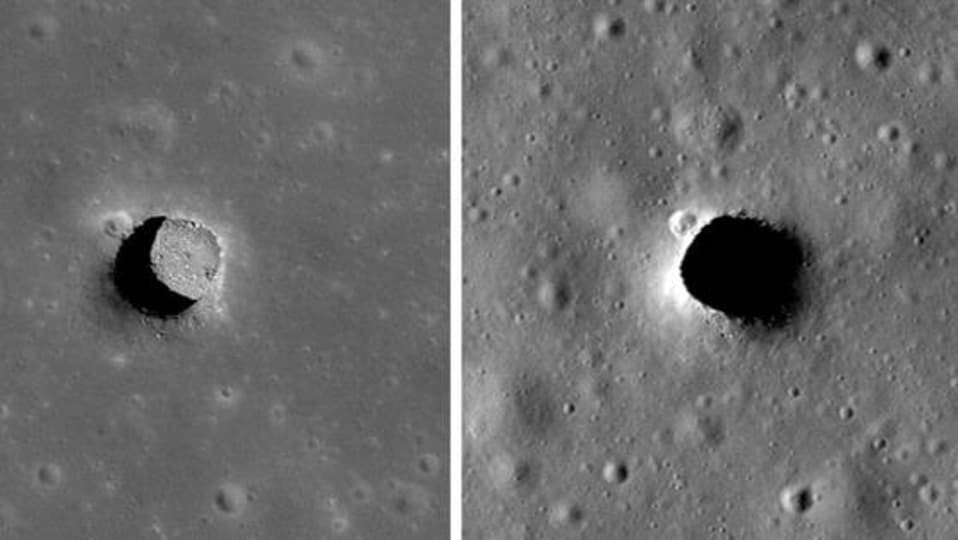
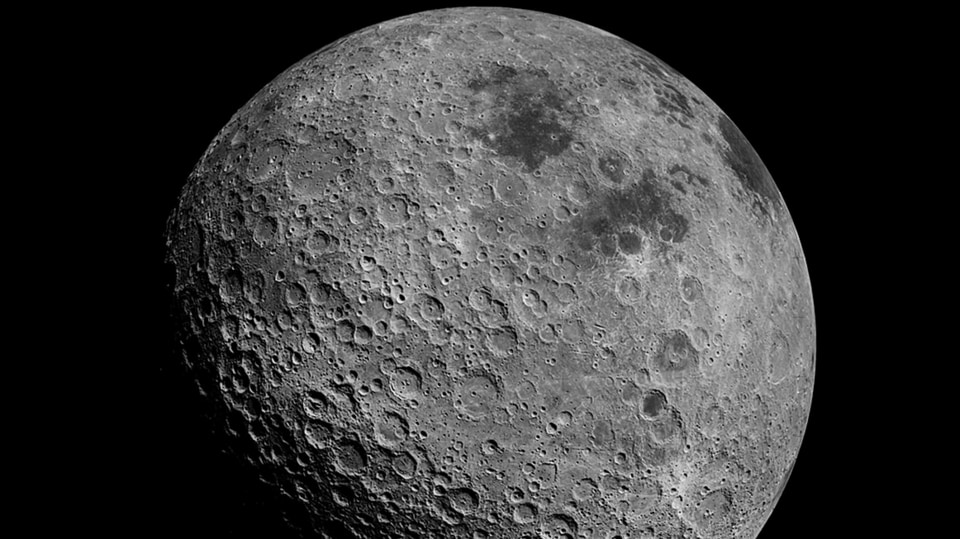
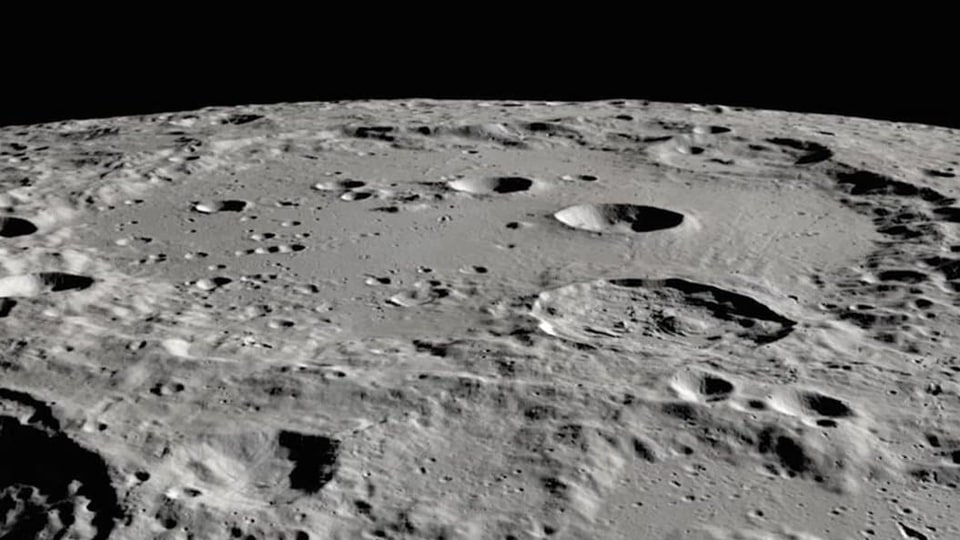
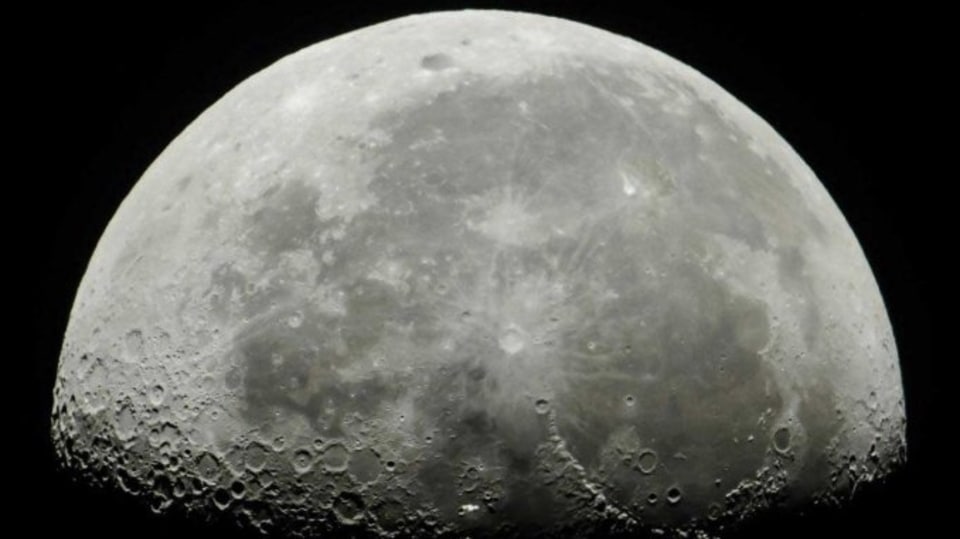
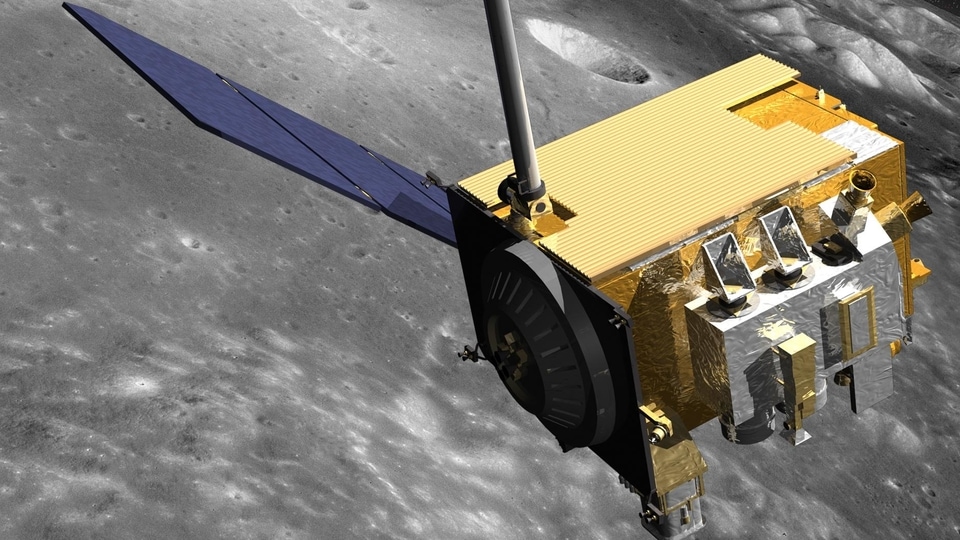

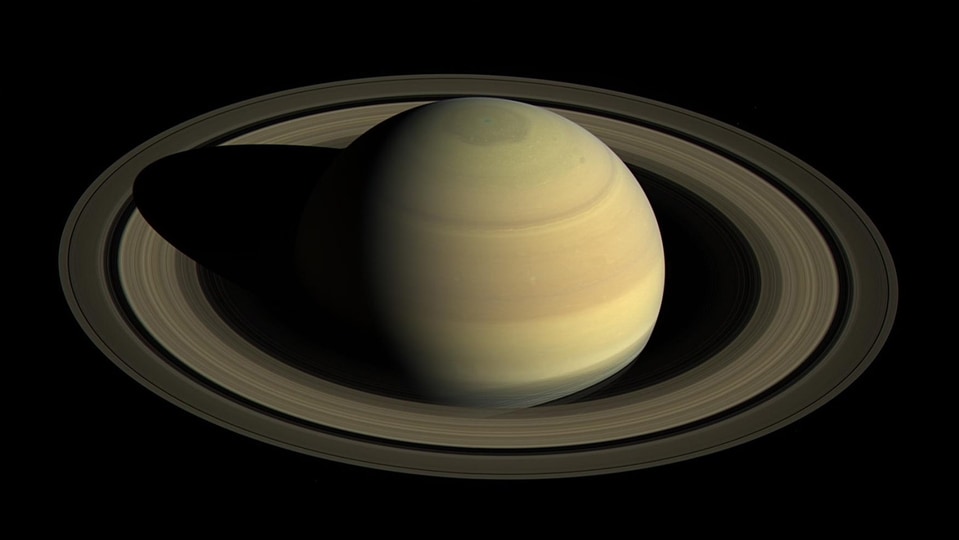
 View all Images
View all ImagesWe have all grown up watching the unique images of Saturn and its fascinating rings. It is the only planet in the solar system with such elaborate and majestic-looking rings surrounding it. And at some point, we have all wondered how these rings were formed. NASA was no different. That is why in 1997, it launched the tech wonder that is the Cassini spacecraft to take a closer look at this mysterious planet and find out the origin point of Saturn's rings. The spacecraft was fitted with a plethora of instruments like Composite Infrared Spectrometer, Imaging Science Subsystem, Ultraviolet Imaging Spectrograph and others for remote sensing. Similarly, there were instruments added to read particle waves and microwaves emerging to build a better understanding of the rings. And a group of scientists have used this data to finally unravel the mystery behind it. The conclusion? Saturn pulverised its moon and the material has turned into the rings that we see.
The mystery behind the rings of Saturn
A study published in the Science journal titled “Loss of a satellite could explain Saturn's obliquity and young rings” theorizes that the rings are created from the pulverized material of Saturn's moons. Saturn is known for having a large number of moons — 82 in total. This study believes that the ringed planet used to have a much higher number of natural satellites. However, due to the high gravitational force of Saturn, these were dragged towards the planet and were met with high friction that broke them down to dust.
This dust was unable to leave Saturn owing to its gravitational force and ended up swirling around it, giving it a ring-like appearance. According to researchers, this happened more than 4.5 billion years ago, when Saturn was still forming. Even more surprising is that the data from the research estimates that about 99% of the Moons of Saturn have met this destructive fate to contribute to the size and density of the rings.
Naming this hypothesis moon Chrysalis, Jack Wisdom, the lead author of the study said, “As a butterfly emerges from a chrysalis, the rings of Saturn emerge from the primordial satellite Chrysalis”.
Catch all the Latest Tech News, Mobile News, Laptop News, Gaming news, Wearables News , How To News, also keep up with us on Whatsapp channel,Twitter, Facebook, Google News, and Instagram. For our latest videos, subscribe to our YouTube channel.































